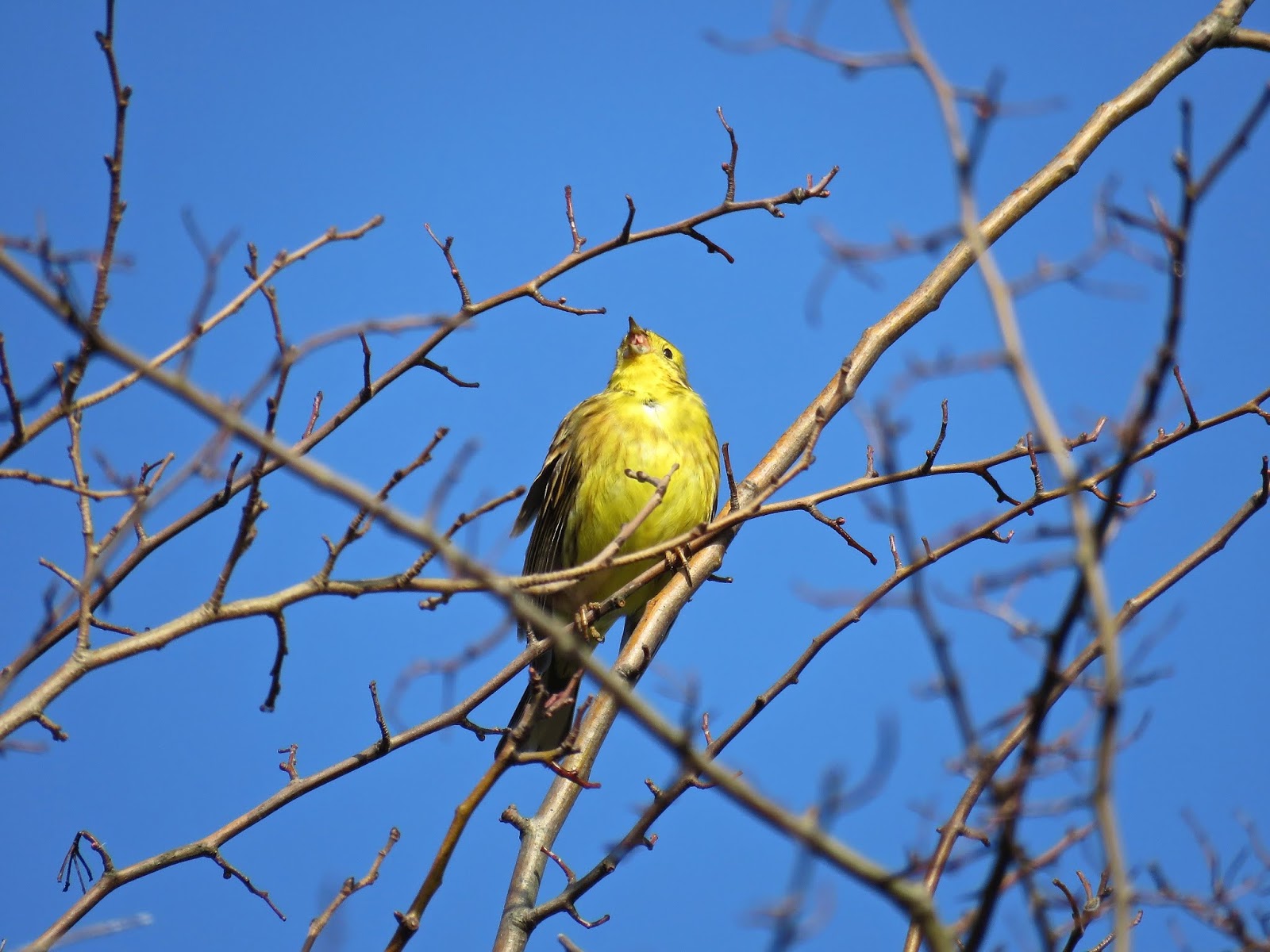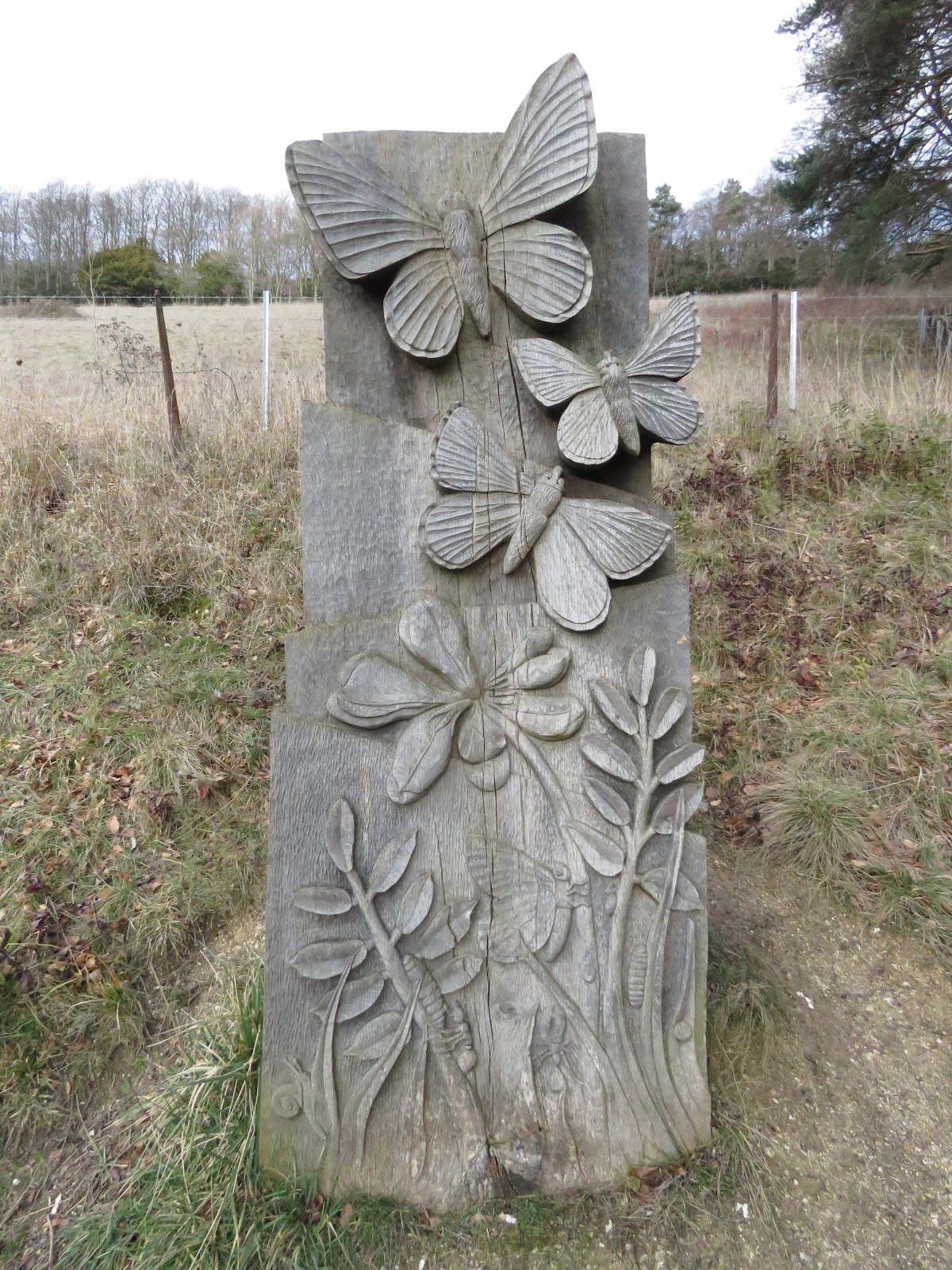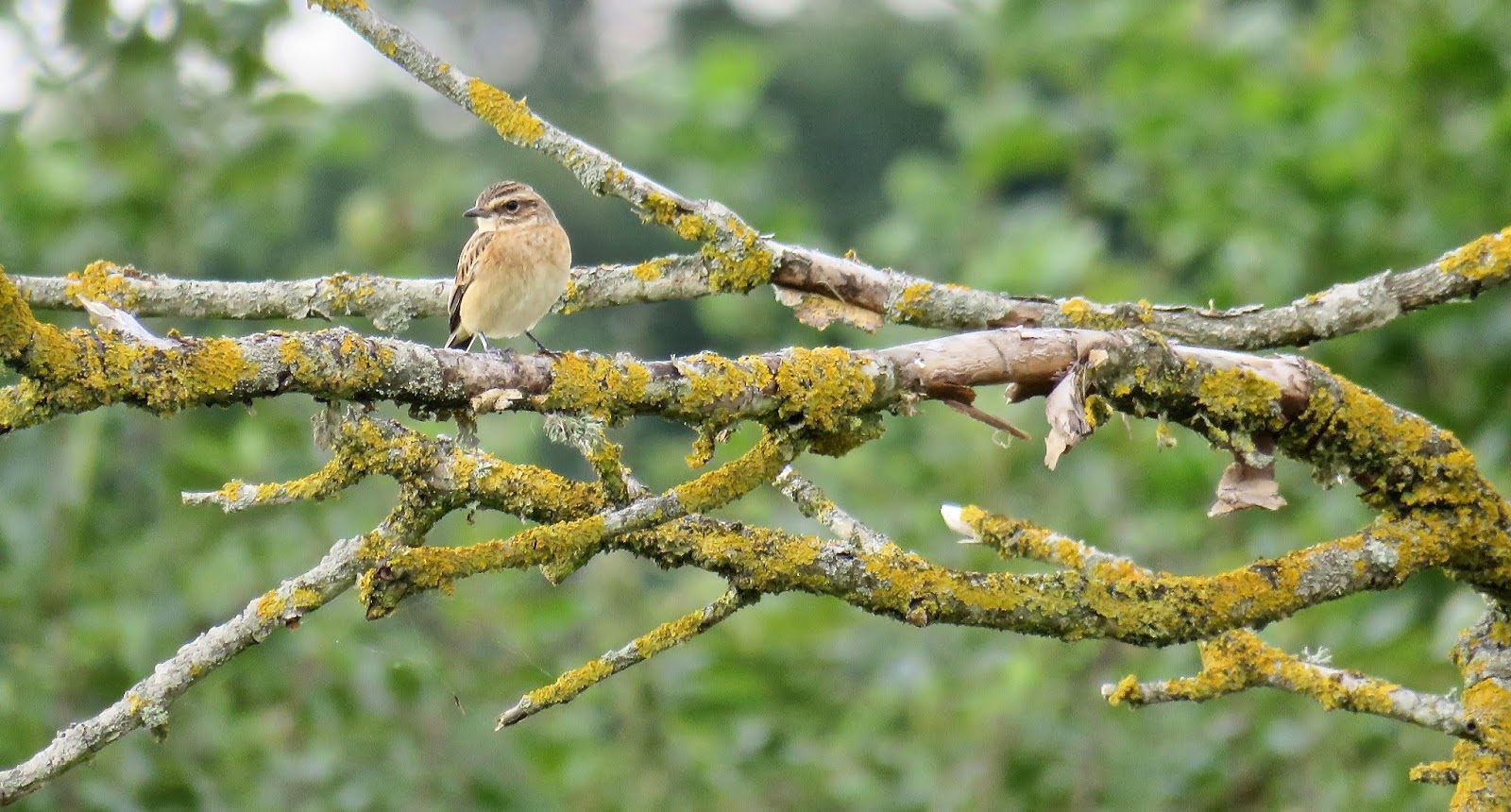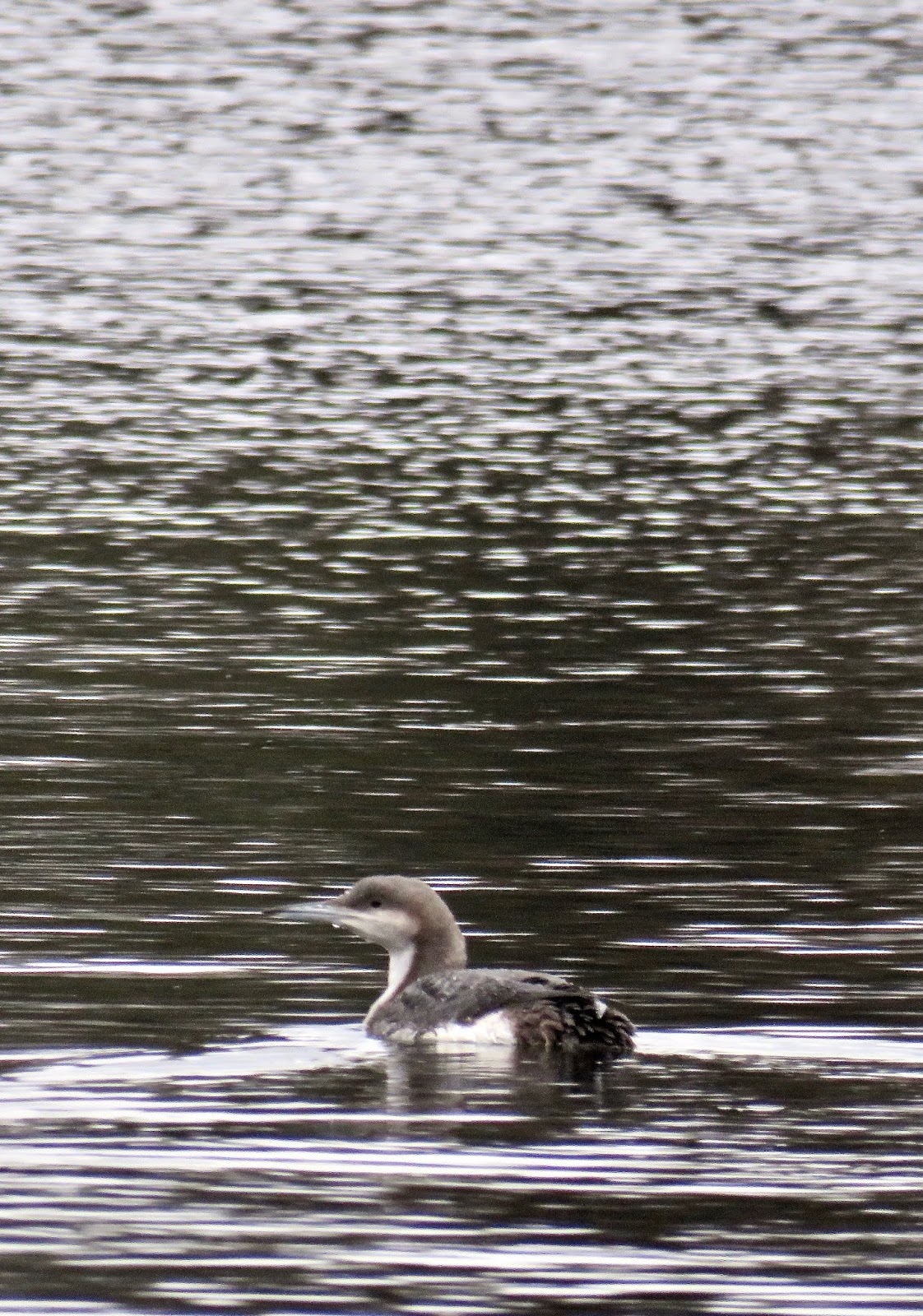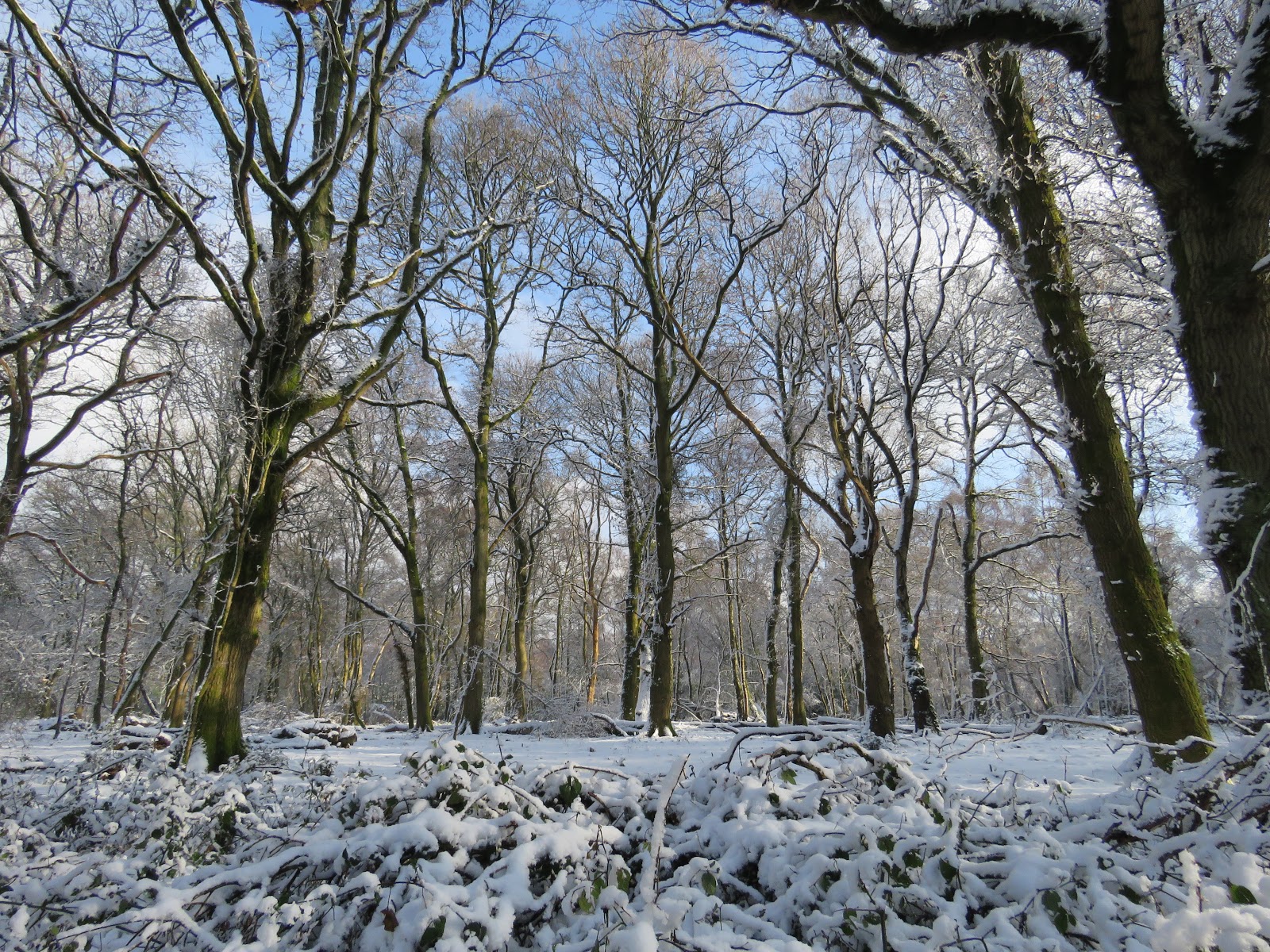Round two

We come to the end of February, two months into the 2019 Surrey v Northumberland patch challenge. Although hard work, the month has seen some rewarding birding, with the following species new for the year: Black-throated Diver (Holmethorpe), Jack Snipe (Holmethorpe), Treecreeper, Hawfinch (Headley Heath, Juniper Top, Juniper Bottom), Peregrine, Lesser Redpoll, Goshawk (undisclosed), Common Crossbill (Ranmore Common), Firecrest (Ranmore Common). The Black-throated Diver (above) was the biggest surprise, only my second record for the Uber-patch. From a personal point of view it was fantastic to once again see Hawfinches in the same areas over which they swarmed last winter. So, the scores-on-the-doors are: Uber patch Jan-Feb total: 101 species ( 47.41% of personal historic total) Mini über patch Jan-Feb total: 72 species ( 55.38% of personal historic total) I'm sure that my virtual friend Stewart will respond with a fine selection of his own from the month. This is




